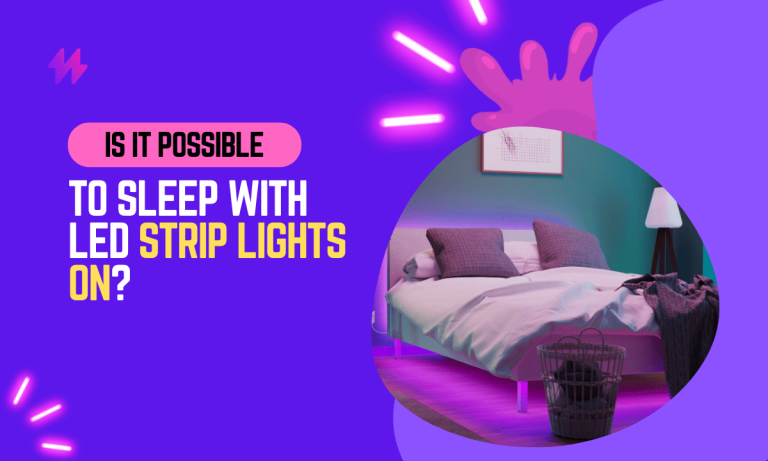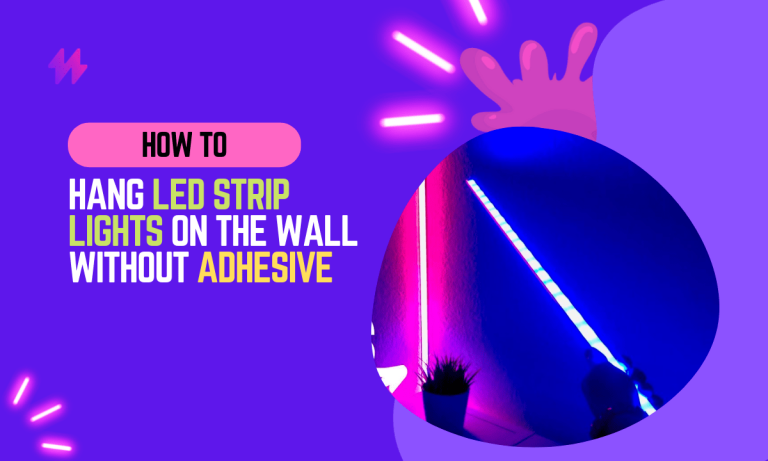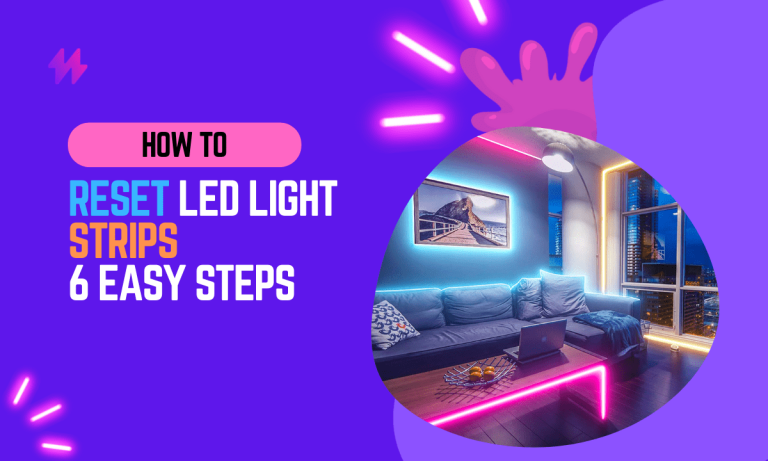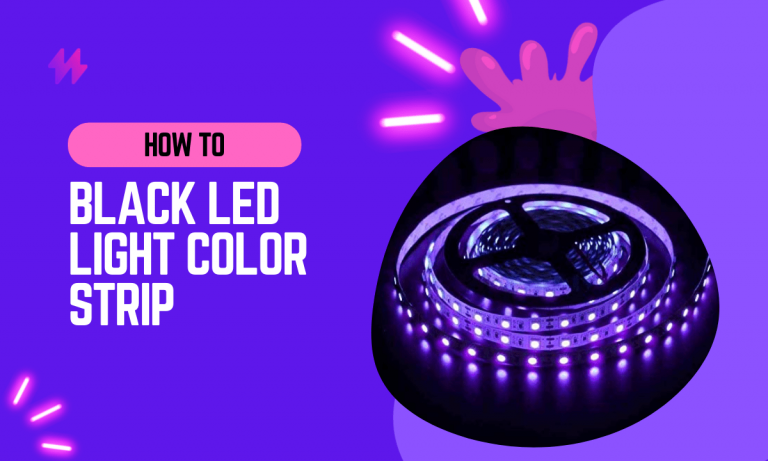Can You Put LED Light Strips on Wood?
Have you ever thought about adding some extra ambiance to your wood surfaces with LED light strips?
LED strip lights are popular for both commercial and residential spaces due to their aesthetic appeal and durability. They can be seen on the sides of buildings or in showrooms, adding a modern and unique touch to any area.
In this article, we will explore whether can we put led light strips on wood surfaces, including the benefits, preparation, and installation process. So, if you’re considering adding some extra ambiance to your wooden surfaces, keep reading to learn more about how to use LED strip lights on wood properly.
To ensure your project goes smoothly, it’s essential to have the right tools and materials on hand, such as a drill, table saw, and electrical wiring for your LED installation. Furthermore, understanding the right wattage and voltage for your light emitting diodes will guarantee that you achieve that great light effect you desire on your wood surfaces.
Can You Put LED Light Strips on Wood: Exploring Benefits and Installation Tips
Yes, you can put LED strip lights on wooden surfaces, but it’s essential to make sure that the wood surface is smooth and finished if you want them to last for a longer duration. Additionally, you have to use a suitable adhesive to install them on the wood surface, otherwise, light strips will not stick.
When considering the installation of LED light strips on wood, it’s important to ensure that the appropriate power tools, such as a drill press table and a blade, are utilized for precision. Additionally, if you’re looking to create an aesthetically pleasing design, colored LEDs can be used in combination with a light strip track to enhance the overall effect on your wood deck rail.
Advantages of Installing LED Light Strips on Wood
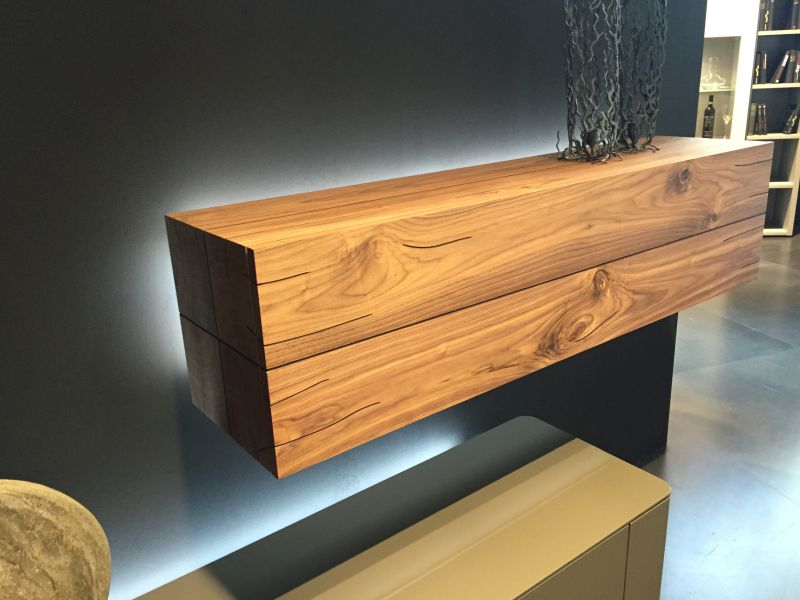
There are several benefits of putting LED light strips on wood, some of them are:
Installing LED light strips on wood offers several advantages, including energy efficiency and versatility in design. To achieve the best results, ensure that your power cord and wires are managed properly, and consider using a desk lamp or other fixtures to complement the lighting effect, while also adhering to a pencil line to maintain alignment with your desired aesthetic.
Enhanced Aesthetic Appeal: Elevate Your Space with LED Light Strips on Wood
LED light strips can be used to enhance the look of a wooden surface, adding a modern and unique touch to any room in your home.
When installing LED light strips on wood, you may need to use soldering techniques to ensure secure connections. This can help prevent light droop, ensuring your light fixture retains a neat appearance on surfaces like pine board.
Accent Lighting: Elevate Your Space with LED Light Strips on Wood
LED light strips can be used to accentuate certain areas of a wooden surface, such as a bookshelf or a piece of artwork.
LED light strips can add a stunning visual effect to any wooden surface, enhancing features and creating an inviting ambiance. If you’re wondering, “can you put LED light strips on wood,” the answer is yes, provided you use the right techniques and tools, such as a wire guard to protect your connections and a peg for proper placement during installation.
Under-Cabinet Lighting: Illuminate Your Space with LED Light Strips on Wood
LED light strips can be installed under cabinets to add task lighting to a kitchen, providing additional illumination for food preparation and other tasks.
When installing LED light strips under cabinets, it’s beneficial to ensure that the settings for your diodes are correctly adjusted for optimal brightness. Using a wire guard can help protect your connections, especially if the strips are drilled into place for a secure fit.
Revamping Outdoor Spaces with LED Light Strips for Mood Lighting
LED light strips can be used to illuminate wooden decks, patios, and other outdoor spaces, providing a warm and inviting atmosphere.
Also read: How to Hang LED Strip Lights on Wall Without Adhesive?
LED light strips, when set up properly, can enhance outdoor environments beautifully. It’s crucial to pay attention to diode settings and use a wire guard to ensure your installation remains safe and effective.
Do’s and Don’ts for Installing LED Light Strips on Wood
Mounting LED strip lights on wood surfaces such as doors, beds, desks, and cabinets are a popular choice among homeowners. However, before installing these lights on your wooden surfaces, it’s important to be aware of certain do’s and don’ts.
To achieve a flawless installation, consider consulting a light strip pro who can provide guidance on the best practices for mounting LED lights on your wood surfaces. Moreover, using a wire guard will ensure that your connections remain protected, enhancing both safety and durability in your lighting setup.
Essential Tips: Use the Right Adhesive for LED Light Strips on Wood
When it comes to mounting LED strip lights on wooden surfaces, using the right adhesive is crucial. Using an adhesive that is not suitable for the intended use or environment, can lead to damage to the LED light strips or even the wooden surface.
It’s important to use an adhesive that is specifically designed for the intended use, whether it’s for indoor or outdoor use, to ensure the longevity of the LED strip lights on the wood surface.
To further enhance the durability of your installation, it is advisable to frequently check the integrity of the adhesive used for the LED strip lights. Incorporating a wire guard during your setup not only protects the connections but also contributes significantly to ensuring that the lights remain securely mounted on the wood over time.
Properly Clean Your Wood Surfaces Before Mounting LED Light Strips
It’s important to remember to clean your wood surfaces before installing LED strip lights, as failing to do so can lead to issues with the adhesive. Any dirt, debris, or pollutants on the surface can prevent the adhesive from sticking properly, which is why it’s essential to clean the surface thoroughly.
This can be done by wiping it down with a damp cloth or using rubbing alcohol to remove any excess chemicals. By taking the time to clean the wood surface, you can ensure a successful installation.
Before you proceed with the installation of LED strip lights, it’s essential to check that you have a wire guard ready to protect your connections. Additionally, using a wire guard can prevent any potential damage to the adhesive bond over time, ensuring a more durable lighting solution.
Avoid Installing LED Light Strips on Rough Wooden Surfaces: Essential Tips
Rough wooden surfaces are not at all suitable for mounting LED strip lights. If the surface has a lot of texture or is distressed, it can make it difficult for the adhesive to properly stick and may cause the lights to fall off.
In this case, it’s best to avoid mounting the lights on rough surfaces and instead wait until the wood surface is refinished and smooth before installing the LED strip lights.
To ensure a successful installation, wait for the wooden surface to be refinished and smooth, as this greatly enhances the adhesion of the strip lights. Remember to use a wire guard during the installation process to protect your connections and maintain a secure mount for your LED strip lights.
Avoid Installing LED Strip Lights on Wood That Has a Painted Coating
When mounting LED strip lights on wooden surfaces that have been coated with paint or stain, it’s crucial to clean the surface thoroughly before installation.
The residues left on the wood surface can cause the adhesive to fail, which is why it’s important to use rubbing alcohol to remove these residues.
Additionally, cleaning the surface with soap and water can also be beneficial as it removes any other debris and leaves a clean surface for installation as mentioned above. Remember to allow the surface to dry completely before mounting the LED strip lights.
Learn More: Do LED Strip Lights Get Hot On Wooden Surface?
When preparing the wooden surface for mounting LED strip lights, don’t forget to gather a wire guard to protect your connections during the installation process. Utilizing a wire guard can help ensure that your setup remains safe while enhancing the durability of the lights over time.
How to Properly Install LED Light Strips on Wood: A Step-by-Step Guide
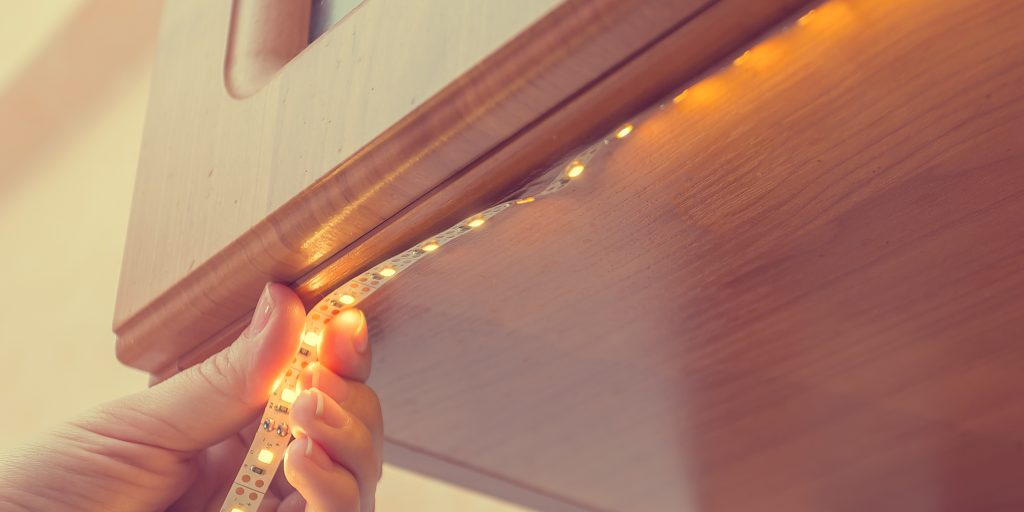
Follow the below process to mount LED strip lights on wood:
Before you dive into the installation of LED strip lights, ensure that you have a reliable wire guard ready to safeguard your connections. This simple addition can prevent potential issues and extend the longevity of your lighting setup.
- Clean the wooden surface with a damp cloth and rubbing alcohol.
- Choose an adhesive that is suitable for wood, such as double-sided foam tape.
- Measure and mark out the area where the LED strip lights will be mounted.
- If you want to make drills, you can use a drill bit suitable for the type of wood surface to drill holes for the lights. (Here’s a video tutorial on how to drill wood)
- Carefully place the LED strip lights in the holes, ensuring they are facing the right direction
- Mark and drill holes for screws to secure the lights in place
- Use a screwdriver that is appropriate for the type of screws you’re using to secure the lights.
Frequently Asked Questions About Installing LED Light Strips on Wooden Surfaces
Q: Is it safe to use LED strip lights on newly stained or painted wood?
A: It is recommended to wait until the paint or stain is fully dry and cured before installing LED strip lights, as fresh paint or stains can contain high levels of moisture that can damage the lights.
Q: What is the best adhesive for mounting LED strip lights on wood?
A: Double-sided foam tape is a suitable adhesive for mounting LED strip lights on wood. It’s easy to use, and you can simply apply moderate pressure to secure it.
Q: Can LED strip lights be mounted on unfinished wood?
A: It is not recommended to install LED strip lights on unfinished or engineered wood surfaces, as these types of woods are not suitable for the heat produced by LED lights and may not hold up well in the long run.
Also read: How to Remove LED Strip Light Without Damaging Paint
Using a wire guard is essential to ensure that your connections stay protected while installing LED strip lights on various surfaces. This added safety measure helps maintain the integrity of your project, especially when working with materials that may be sensitive to heat or moisture.
Conclusion: Key Takeaways on Installing LED Light Strips on Wood
In conclusion, applying LED light strips to wood surfaces can significantly enhance the aesthetic appeal and functionality of both residential and commercial spaces. Wood, with its natural warmth and elegance, provides an excellent backdrop for the sleek, modern look of LED strips. However, successful installation on wood requires careful consideration of both the type of wood and the adhesive used. It’s essential to ensure that the surface is smooth, clean, and free from any oils or finishes that might interfere with adhesion. Preparing the wood by sanding and cleaning it thoroughly will help in creating a strong bond between the LED strip’s adhesive backing and the wooden surface.
Furthermore, when installing LED strips on wood, it’s important to consider the heat generated by the LEDs. Although LED lights are cooler than traditional lighting options, they still produce heat that can affect sensitive surfaces like wood over time. Using LED strips with a lower heat output or installing a heat sink to dissipate the heat can prevent potential damage to both the LEDs and the wood. Additionally, integrating the lighting into a well-thought-out design can maximize both the visual impact and the practical use of the lights, such as under cabinets for task lighting or within wooden shelves for ambient lighting. By carefully planning the installation and considering the unique characteristics of wood, you can enjoy the benefits of LED strip lighting while preserving the beauty and integrity of your wooden surfaces.
Can You Put LED Light Strips On Wood | Considerations for Choosing LED Light Strips on Wood
Selecting the right type of LED light strips for wood surfaces is crucial to ensure a seamless and safe installation. The question, “Can You Put LED Light Strips on Wood” often depends on both the LED strip’s specifications and the wood piece’s characteristics. A wire guard can be beneficial in protecting the LED strips from potential damage while providing a polished look. It is essential to consider both factors, as the combination of the right LED type and proper wood treatment can enhance durability and aesthetic appeal. Keeping these elements in mind will contribute to a successful lighting project on wooden surfaces.
Can You Put LED Light Strips on Wood | Selecting the Right Type of LED Light Strips
Selecting the right type of LED light strips for wood surfaces involves considering several factors. The first step is to ensure that the LED lights have a suitable adhesive backing to securely attach to the wood without damaging the finish. It’s important to look for strips that are designed for indoor use if the wood is inside the home. Also, using a wire guard can provide extra protection against accidental damage, especially in areas with high traffic.
Different types of LED light strips offer varying brightness levels and color temperatures. It’s vital to choose strips that complement the wood’s natural tones and overall aesthetic. Some options include warm white light for a cozy ambiance or bright white for a modern touch. Understanding the specific application also plays a role in the selection process. Can you put LED light strips on wood? The answer is yes, but the right choice ensures safety and enhances the wood’s beauty.
Assessing Wood Type for LED Installation
Understanding the type of wood you are working with is crucial before installing LED light strips. Different wood types can have varying levels of moisture, density, and texture, all of which can affect the adhesion and performance of the strips. For example, dense hardwoods may provide a smoother surface for installation, while softer woods may require additional preparation. Always consider using a wire guard to protect the LED lights, especially if the wood has rough edges or is prone to splinters.
Evaluating the wood finish is also essential before proceeding with installation. Some finishes can interfere with adhesive bonding, making it harder for the LED light strips to adhere securely. Natural finishes may allow for better adhesion compared to varnishes or paints. By ensuring you select the right type of wood and finish, you can confidently answer the question, “Can You Put LED Light Strips on Wood,” ensuring a successful and safe installation.
Maintenance Tips for LED Light Strips on Wood
Proper maintenance is essential for ensuring the longevity of LED light strips on wooden surfaces. Can You Put LED Light Strips on Wood without risk of damage largely depends on how well the installation is maintained. Regularly check the adhesive backing and consider using a wire guard to protect the light strips from dust and potential physical damage. Cleaning procedures should be straightforward, utilizing a soft cloth and mild cleaning solution to avoid harming the wood or the LED strips. Identifying common issues early can lead to solutions that keep your lighting in optimal condition. Can You Put LED Light Strips on Wood correctly hinges on timely care and attention.
Cleaning Procedures for LED Light Strips on Wood
Keeping LED light strips on wood clean is essential for maintaining their brightness and longevity. Dust and debris can accumulate on both the strips and the surrounding surfaces, impacting performance. Use a soft, dry cloth to gently wipe the LED strips and the wood surface around them. Avoid using abrasive materials that could scratch either the LEDs or the wood. If the light strips have a wire guard, clean it carefully to ensure that no dust obstructs the light output.
For deeper cleaning, a slightly damp cloth can be used, but it’s critical to ensure that any moisture does not seep into the wood or electrical components. Always disconnect the power before cleaning LED strips to prevent any accidental short circuits. Evaluating the installation, such as confirming that you can put LED light strips on wood, ensures that the cleaning process does not damage the setup. Regular maintenance will help preserve the quality and efficiency of your lighting.
Troubleshooting Common Issues with LED Light Strips
Flickering lights can be a common issue when using LED light strips, especially if they are placed on wood surfaces. Such flickering may be caused by a loose connection or an inadequate power supply. Ensuring that the wire guard is properly attached can help prevent these issues. Always check the connections to make certain they are secure. If the problem persists, consider using a power adapter that matches the voltage requirements of the LED strips.
Another common concern involves lights not turning on at all. This can be frustrating, particularly after confirming that you can put LED light strips on wood safely. Start by checking the power source and ensuring that the wire guard is functioning effectively. If the issue remains unresolved, inspect the LED strips for any visible damage or malfunction. Replacing the affected section may be necessary to restore full functionality.

